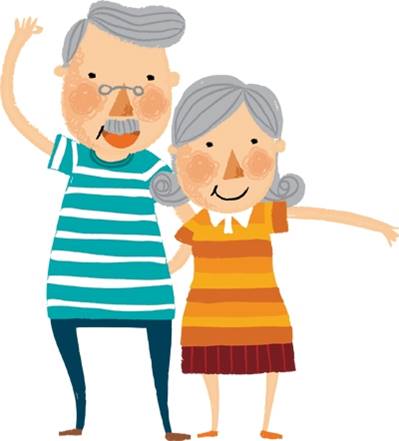More about what’s wrong with the concept of “successful aging”—a topic explored in Parts 1 and 2 and in Successful Aging as a Contemporary Obsession: Global Perspectives (2017), a collection of essays edited by Sarah Lamb.
What else is problematic about “successful aging”?
It medicalizes the aging process. In an essay about selling youthful sexuality as “successful aging,” Emily Wentzell defines “lifestyle drugs” as pharmaceutical treatments—ranging from baldness cures to eyelash lengtheners—that cause social distress rather than physical harm. The emotional relief the treatments provide is real, she observes, but the sources of pain are not medical conditions but social expectations for how bodies should be—expectations that advertising and medical practice aggressively promote.
“So, rather than questioning or challenging cultural expectations, people who cannot meet them increasingly turn to pills that will change their bodies,” writes Wentzell, which is dangerous, increases health care costs and promotes unrealistic expectations, once again setting us up to fail as these strategies inevitably fall short.
Viagra exemplifies this trend, which, Wentzell notes, has “a range of social consequences.” While it counters the damaging stereotype that olders should not be sexual, it promotes a narrow vision of what connotes “healthy” sex and suggests that people should want to have sex the same way throughout their lives. She found a very different attitude in the working-class Mexican men she studied, who perceived erectile dysfunction drugs as dangerous, and even absurd, and were content to shift from “macho masculinities” to “being faithful, caring, and emotionally present for their families.”
Many of their wives experienced the transition as “a beautiful change.” Wentzell ends the essay with an appeal to question Euro-American ideas of aging as a pathology. “We can fight against this trend by basing our ideas of successful aging on people’s diverse and culturally specific social needs, rather than on the expectation that healthy aging means ‘staying as young as possible’ for everyone, everywhere.”
It’s ethnocentric. The prevailing successful-aging model is deeply linked to deeply American cultural ideals about productivity, independence and control over our bodies and our futures, even in old age. Anna I. Corwin’s study of Catholic nuns describes a very different value system. The nuns ceded control and agency to the Divine, which helped them accept changes with equanimity; they valued interdependence over independence; and they saw “being good” as more important than “doing good,” so retiring or becoming disabled carried no stigma. As a group, Catholic nuns are happier, healthier and have fewer cases of Alzheimer’s.
A “new paradigm for well-being across the life course” proposed by Meika Loe likewise “emphasizes learning to ‘be’ in a culture of doing.” She calls it Comfortable Aging. This model requires interdependency, is about accepting vulnerability and limitations and involves coming to terms with mortality.
“While we can fail at being ‘successful’ or ‘productive,’ personal comfort is subjectively defined and attainable,” Loe points out. “Importantly, most structural issues linked to Comfortable Aging are non-age-specific—social respect, affordable housing, community-oriented neighborhoods, access to transportation, dependable services, and care that honors all stages in the lifecycle—these are universal needs.” In other words, a society in which it’s OK to age comfortably is one that supports all its members all along the life course.
One valuable aspect of Successful Aging as a Contemporary Obsession is its global perspective. Many in the majority world find ultrapositive images of aging unrealistic and counterproductive. Lamb has done extensive fieldwork in West Bengal, where, far from being idealized, “too much independence is commonly regarded as the worst thing that can befall one in old age.” More than 80 percent of India’s 65+ population live with their families, embodying “a relationship of lifelong intergenerational reciprocity.” There’s nothing demeaning about receiving care and support of all kinds, including with toileting. Imagine that!
As Lamb points out, we have much to learn about aging well from some Buddhist, Hindu and Catholic ways of thinking, which “highlight transience as a fundamental part of being human,” rather than denying or stigmatizing the changes that accompany us along the life course.
“Can we not accept signs of aging—even if they include declines, vulnerabilities, and ephemerality—as in some ways a meaningful part of life?” Lamb asks. “Shouldn’t it be possible to regard old age and death not as intolerable outrages, nor as failures of medicine and self, but rather as inevitable facets of life, defining in part what it is to be human?”
That less “successful” world would be a better one for all: less fear-filled, more communitarian and more open to the transcendent possibilities of life itself.
Click here for part 1 of this three-part series and here for part 2.



